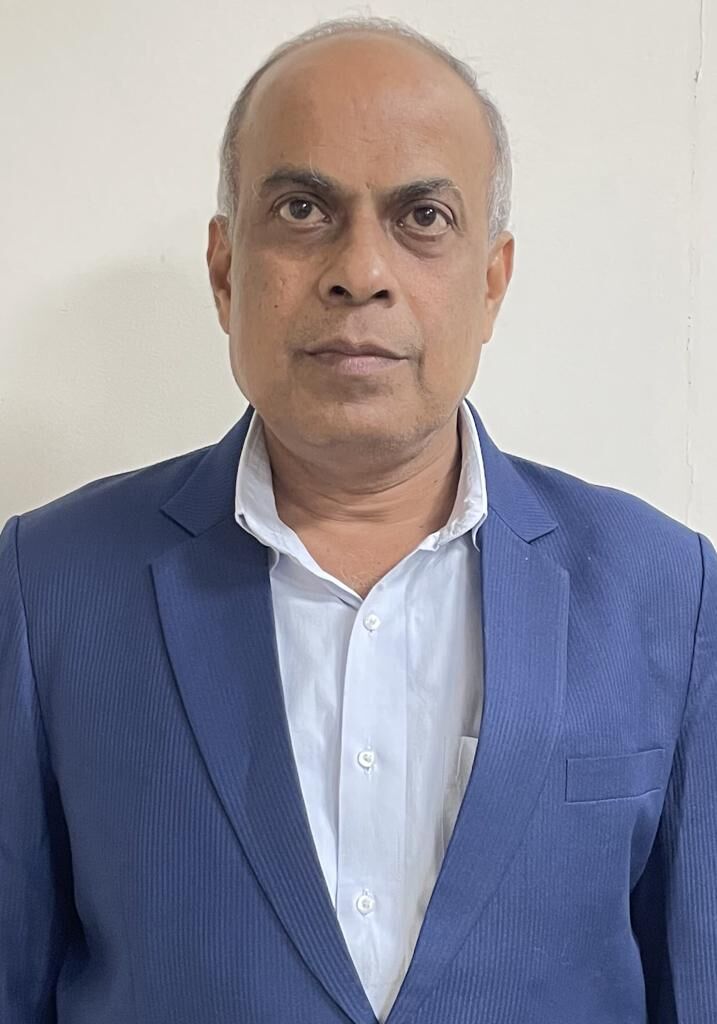Editorial - Newsletter June 2025

Dharmananda Sarangi
Vice-President of PIARC
Road transport is the most dominant mode of transport in the world and its modal share is consistently increasing. Whereas issues such as adaptability to climate change, carbon offsetting, sustainability, resilience, road safety, etc. concern road authorities across the globe, the lower- and middle-income countries face additional challenges in development/upgradation/management of road asset due to inadequate resources, complex sociological issues and inadequate capacity of construction/consulting firms as well as road authorities. PIARC is the lone international organisation committed to identifying, developing and disseminating best practices on various aspects of roads and road transport keeping in view the needs of both developed and developing nations. PIARC has been doing highly commendable works in its domain over the last 116 years. Nevertheless, considering the widely diverse conditions and needs of different countries, PIARC has a daunting task of building/updating/compiling the knowledge base for roads and road transport to meet above stated objectives and wider dissemination of the same particularly among lower and lower middle-income countries.
It is both a pleasure and honour for me to have been elected to the Executive Committee of PIARC and I feel more so privileged to have been elected as Vice President of this premier organisation together with Mr. Alexander Walcher and Mr. Mamoudou Alassane Camara.
Although my association with PIARC is not very long, I am very keenly impressed by the work culture of PIARC and I very strongly feel together with my distinguished and committed colleagues in the Executive Committee, we can steadily steer our esteemed organisation in the realisation of its objectives. I have more than 34 years’ experience in highway building and management in India and I am sure, I can bring that knowledge and experience, typical of a developing country, to foster activities and deliverables of PIARC and its wider acceptance among lower and lower middle-income countries.